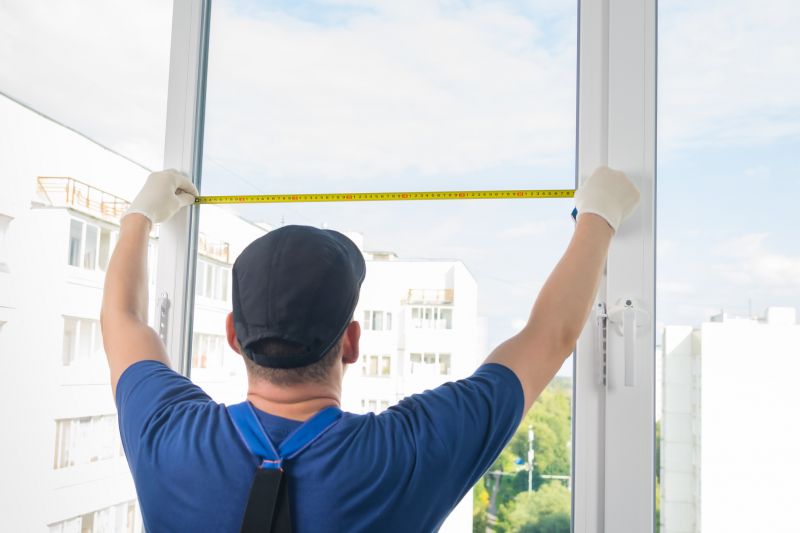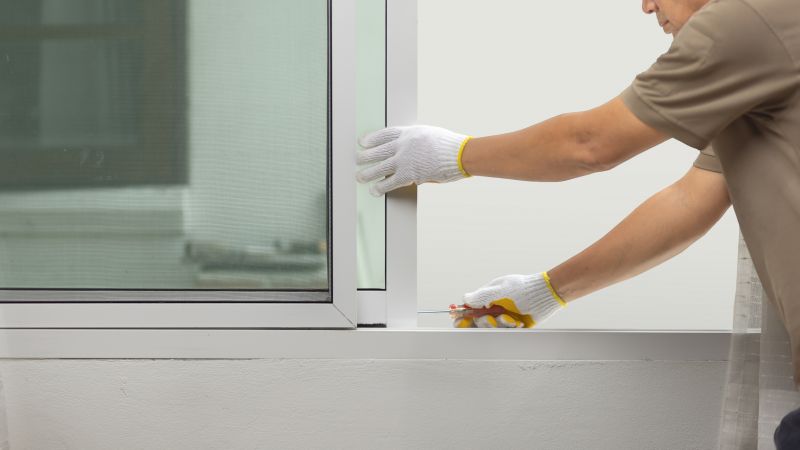Optimal Timing for Windows Installations
Windows installations are most effectively performed during periods of low system activity to minimize disruptions. Optimal times include scheduled maintenance windows, weekends, or periods of reduced workload. Proper timing ensures smoother setup and reduces the risk of conflicts with ongoing tasks.
Perform Windows installations during evenings or weekends when system usage is minimal to avoid operational interruptions.
Coordinate installations with planned maintenance periods to ensure adequate support and resources are available.
Schedule installations outside busy seasons to reduce impact on productivity and ensure smooth deployment.
Combine Windows installations with hardware upgrades for efficiency and minimal downtime.

Technicians performing Windows setup on enterprise systems.

Preparing hardware for Windows deployment in a data center.

Configuring settings after Windows installation.

Ways to make Windows Installations work in tight or awkward layouts.

Popular materials for Windows Installations and why they hold up over time.

Simple add-ons that improve Windows Installations without blowing the budget.
| Aspect | Details |
|---|---|
| Optimal Timing | Off-peak hours, weekends, or planned maintenance windows |
| Preparation | Backup existing data and ensure hardware compatibility |
| Duration | Varies based on system complexity, typically 1-3 hours |
| Impact | Minimized during low activity periods |
| Frequency | Regular updates recommended during scheduled maintenance |
Understanding the timing of Windows installations is crucial for minimizing operational disruptions and ensuring system stability. Proper scheduling allows for thorough testing and reduces the likelihood of unforeseen issues. It is important to align installation times with organizational workflows and hardware readiness to optimize results.

Setup process on individual workstations.

Enterprise-wide Windows deployment in progress.

Backing up data prior to Windows installation.

Verifying system functionality after installation.

High-end options that actually feel worth it for Windows Installations.

Finishes and colors that play nicely with Windows Installations.

Little measurements that prevent headaches on Windows Installations day.

A 60-second routine that keeps Windows Installations looking new.
Scheduling Windows installations during appropriate times enhances system reliability and user productivity. It allows IT personnel to perform necessary configurations and troubleshooting without pressure, ensuring a seamless transition to new or updated systems.

Technician configuring Windows on a server.

End-user workstation being prepared for Windows.

Testing hardware and software after installation.

Ensuring all systems are operational post-install.

A frequent mistake in Windows Installations and how to dodge it.

Small tweaks to make Windows Installations safer and easier to use.

Lower-waste or water-saving choices for Windows Installations.

The short, realistic tool list for quality Windows Installations.
Choosing the right time for Windows installations can significantly impact operational efficiency. Proper planning and timing ensure that systems are up-to-date with minimal downtime, supporting business continuity and security.
Interested in Windows Installations?
For organizations seeking professional assistance with Windows installations, filling out the contact form provides a straightforward way to initiate service inquiries. Proper scheduling and execution can help maintain productivity and security.

